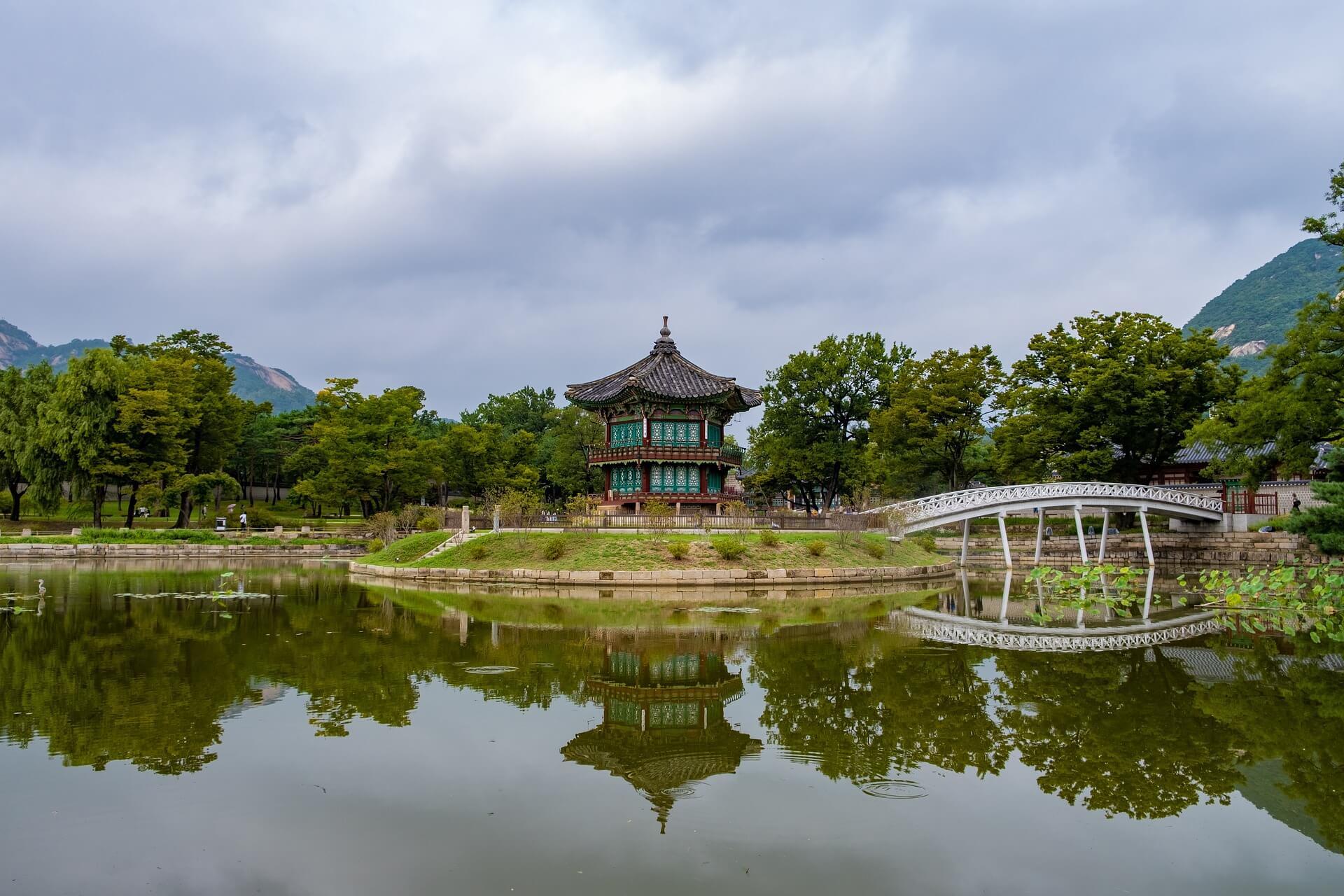Spoken by around eighty million people, Hangugeo (or chosŏnmal) is the official language of both South and North Korea. However, after almost eight decades since the division into North and South, significant differences have developed between the two dialects spoken by twenty million citizens of the Democratic People’s Republic of Korea (DPRK) and 42 million speakers in the Republic of Korea (ROK). The differences lie mostly in accents and intonation but also, in terms of vocabulary, the Seoul dialect does use many English adopted terms while the Pyongyang version shuns this practice.
- The Seoul dialect is spoken in South Korea, particularly in the Kyongsang, Chungcheong, Cholla, and Cheju Island regions;
- The Pyongyang dialect is spoken in North Korea with its regional offspring being Hamkyong, Pyongan, and Hwanghae.
Korean Across the World
Outside the Korean Peninsula, Korean is acknowledged as a minority language in the Jilin Province of China. Just north of Japan, it is spoken by Sakhalin Koreans on the Russian island of Sakhalin, as well as in Koryo-saram ethnic communities. These are home to some half a million ethnic Koreans living in the former Soviet Union, primarily in the now-independent states of former Soviet satellites (such as Kazakhstan, Kyrgyzstan, Tajikistan, Turkmenistan, and Uzbekistan), as well as around Volgograd, Vladivostok, and in southern Ukraine. The roots of these settlements extend back to Koreans living in the Russian Far East toward the end of the XIX century.
There are even more ethnic Korean speakers in the USA (over 900,000 as per the 2000 census), with thriving communities on both coasts. Smaller groups have settled in countries as far-flung as Guam, Paraguay, Singapore, and Thailand.
Origins of the Korean Language
Belonging to the North Asian language family known as Altaic, Korean is linguistically linked to Japanese, Mongolian, Turkish, and the Tungusic languages of Siberia. Other scholars would add Uralic languages (like Hungarian and Finnish) to its roots. Probably influenced by trade and migration, some theories even link Korean to the Austronesian family, or the Dravidian languages spoken in southern India.
It was not until the XV century that the Korean language known today emerged, after a steady stream of unifications that stretched from the VI to the XIV centuries. However, the ancestry of this linguistic isolate is still shrouded in mystery, blurred by centuries of clashes with its powerful neighbors: Japan and China.
Chinese Influence on the Korean Language
A major influencing factor is the Chinese tongue, despite belonging to a completely different family. Nonetheless, the Korean language carved its own path during its XVI century revival, having previously developed an innovative writing system in 1443: Hangul.
This was one of the major achievements of King Sejong (1397 – 1450), who was perhaps the most outstanding ruler of the Yi Dynasty, which lasted for over 500 years (1392 – 1910). Discovered only in 1940, a document written in 1446 explains that its vowels are based on the principles of harmony, yin and yang.
Nevertheless, Chinese influence is still clear, with around half of the Korean vocabulary deriving from Chinese words. Many South Koreans deal with this linguistic dichotomy through a hybrid approach, writing Chinese-derived words in Chinese characters, while sticking to Hangul for Korean words.
Despite all this linguistic cross-pollination, Korean syntax is very different from Chinese, and the spoken languages are also easy to distinguish. Thanks to a wave of Korean nationalism, Hangul (a term coined in 1912 by linguist Ju Si-Gyeong) moved away from poetry and novels, appearing for the first time in official documents in 1894.
Japanese Influence on Korean Culture
After fighting China for control of the Korean Peninsula (1894 – 1895), Japan expanded its empire by annexing Korea in 1910. Eager to consolidate its grasp on this new territory, the Japanese Empire did all it could to suppress Korean culture, literature and language throughout the first half of the XX century.
In fact, it was only in 1952 that Japan officially relinquished its claims on Korea, by signing the Treaty of San Francisco. The entire country remained under tight Japanese control until 1945, when World War II ended.
With 2020 hindsight, the world now knows that Russian and US troops flooding into the newly liberated Korean Peninsula led to a divided nation.
Is Hangul Easy to Learn?
A popular South Korean description of Hangul and its elegant characters says “A wise man can learn them in a morning; a stupid man can learn them in ten days.” In North Korea, the Korean alphabet is called Chosongul.
Both feature writing systems, with their characters mimicking articulator shapes and phonetic features, when pronouncing them. In fact, Hangul simply means Korean script, combining the symbol for great (han 한) with the word for writing (gul 글).
Ranked as one of the world’s most scientifically designed alphabets, Hangul has 24 letters:
- ten vowels: ㅏ ㅑ ㅓ ㅕ ㅗ ㅛ ㅜ ㅠ and
- fourteen consonants: ㄱ ㄴ ㄷ ㄹ ㅁ ㅂ ㅅ ㅇ ㅈ ㅊ ㅋ ㅌ ㅍ ㅎ.
Speaking Korean
Keeping pace with the modern world―with greater social equality and an expanding middle class―many Koreans have been pruning back the number of hierarchy-specific formulations used in everyday communications, but there’s still a ways to go. This is particularly apparent with verbs, where several forms reflect the comparative status of speakers: inferior, equal or superior.
Deciding which of them to use (and when) is a particularly delicate choice for business executives. Similar to those tricky when-to-“tutoyer” decisions (related to Romance languages), demonstrating the correct level of respect in this complex tiering may well make or break a business deal.
Clearly Korean is one of the most in-demand languages worldwide. If you’re in need of professional Korean translation services with quick turnaround times at competitive prices, get in touch with us.
Image by csk from Pixabay.

